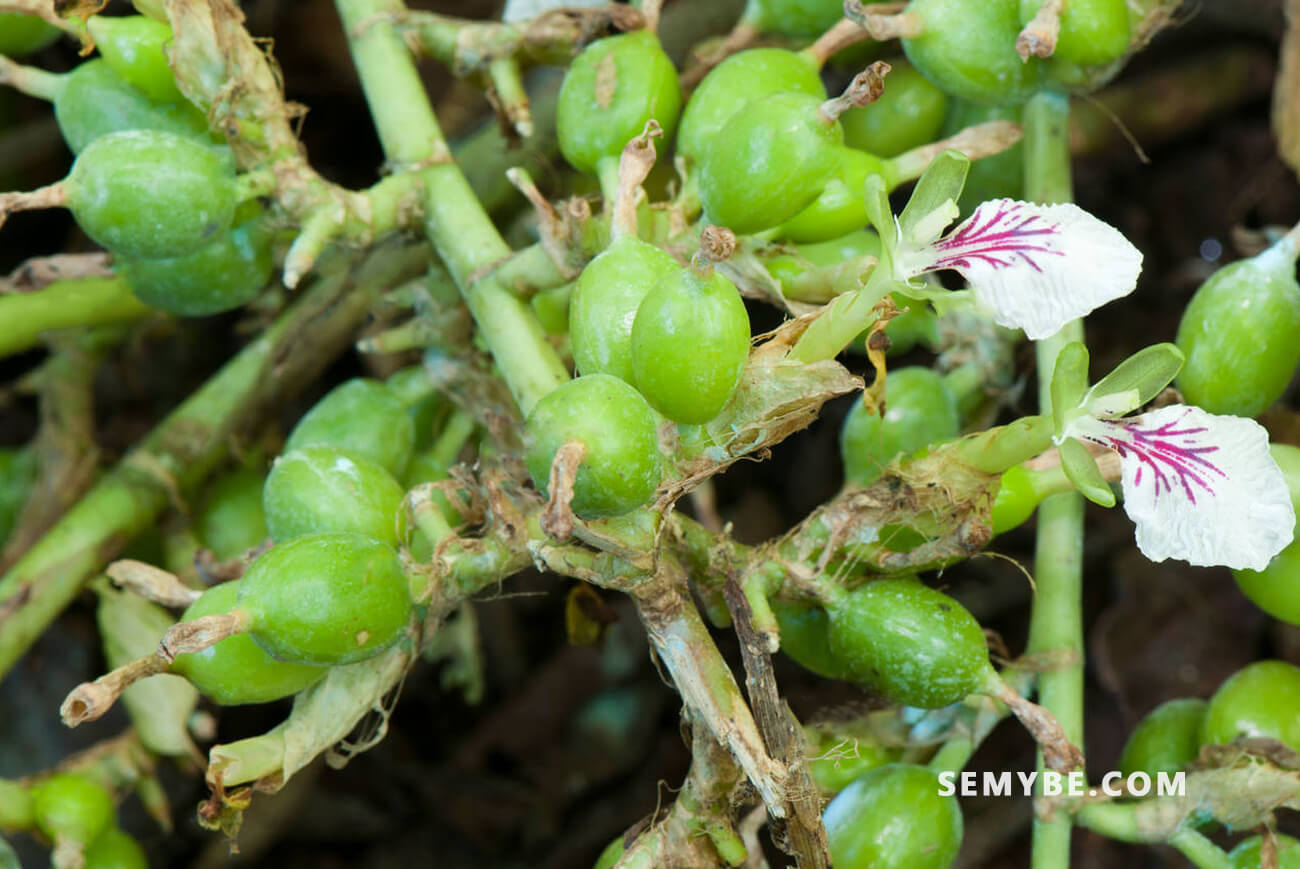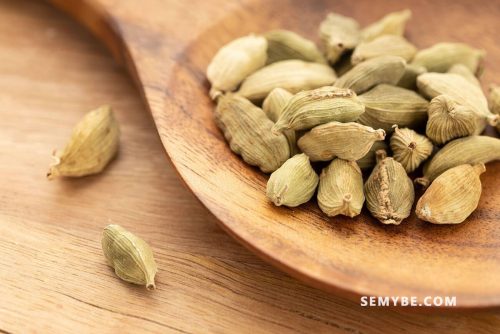
Elettaria Cardamomum
1. History and use
Cardamom is native to Southern India and Ceyian, where it grows in forests between 800 and 1500 m altitude. It is cultivated throughout South-East Asia and Central America sown in autumn or by division of the root in spring and summer, it appreciates soils shading, rich and wet, but dramas. The pods are harvested just before their hatching in dry weather, in autumn, and left in the sun to dry.
2. Description of the plant
This is one of the oldest spices In Egypt, it was used extensively in antiquity to make perfumes, but its medicinal properties are less well known. This plant has been used for thousands of years by Ayurvedic medicine to treat many digestive disorders (indigestion, flatulence). Aromatic and zesty, it combines well with other plants. Cardamom is a plant belonging to the family of zingiberaceae, just like ginger and turmeric a perennial herb with a rhizome that can reach a height of 2 to 5 m.

3. Curative action
Cardamom effectively treats many digestive disorders such as indigestion, colic, gastritis and gastralgia, diarrhea, functional colopathy, Crohn’s disease and digestive spasms. Cardamom essential oil is known for its anti- inflammatory, antispasmodic and analgesic properties.
Cardamom has also proved effective in improving depression in while also purifying and some patients. Cardamom essential oil also helps, through its antimicrobial and antimycotic actions, regulate the intestinal flora. In diffusion, it acts in the respiratory tract purifying the air.
The two main active ingredients of cardamom and its essential oil are alpha-terpenyl acetate (up to 45%) and terpene oxide (28%) of the molecular family of monoterpene esters, and it is this which gives cardamom its antispasmodic and tonic virtues.
It is also known to act as a oxide, meanwhile, gives it its respiratory and anti – cardamom psychic balancing agent. Terrpene Inflammatory also found in derivatives of hydroxycinnamic acid, as well as diarylnonadoïdes and lignans. The plant itself contains enough starch and several kinds of lipids. Common Indian Uses In India, it is used to asthma, bronchitis, kidney stones, treat anorexia, asthenia… Bad breath Cardamom is effective for freshening breath, mixed with garlic it neutralizes it Aphrodisiac. Its aphrodisiac reputation is very old.
4. Uses
The recommended daily doses of cardamom are 1.5 g of powder, 1-2 g of tincture (5 to 10 drops on 3 occasions), 2 drops of essential oil (40 mg), a spoonful of Cardamom seed coffee or an infusion of the same amount of powdered seeds for ten minutes (one cup after each meal).
Pile the cardamom seeds with a pestle and mortar just before use.




